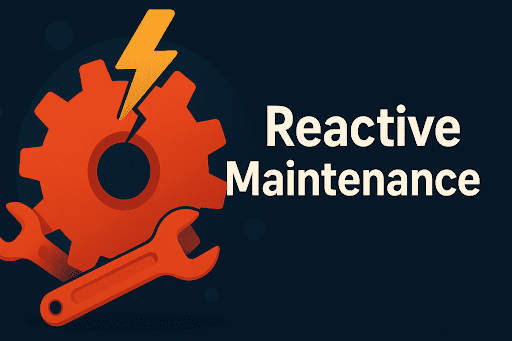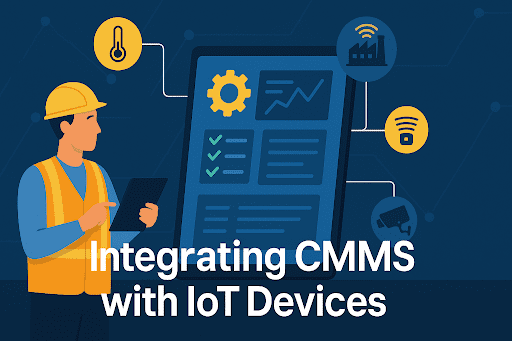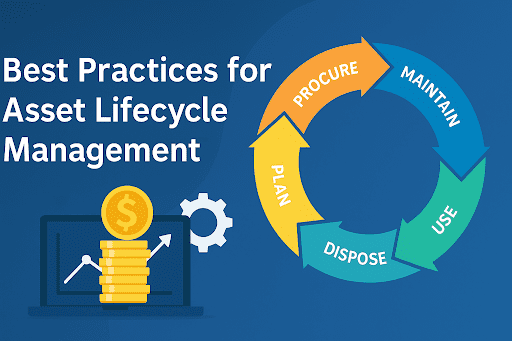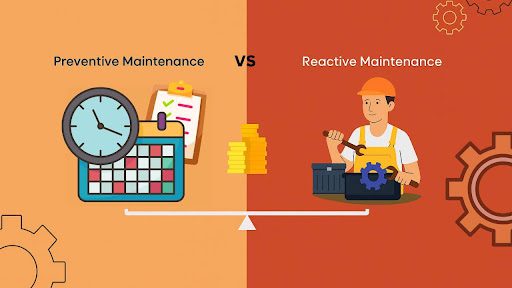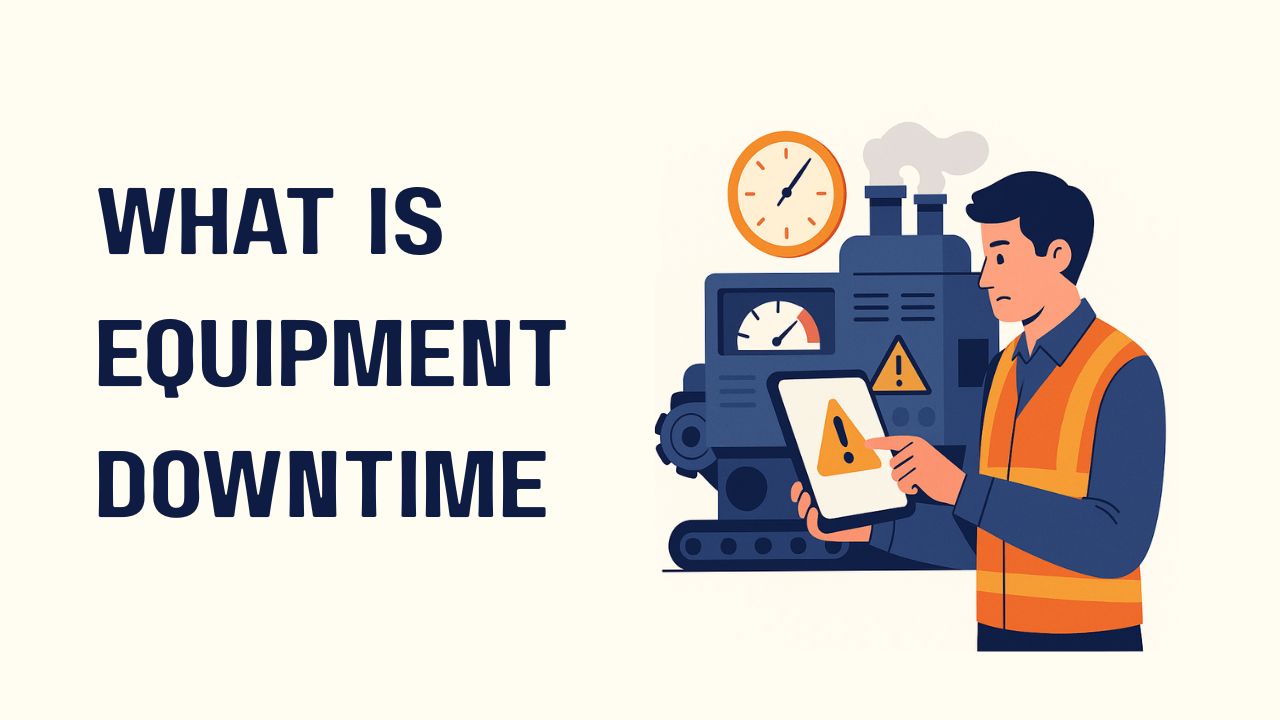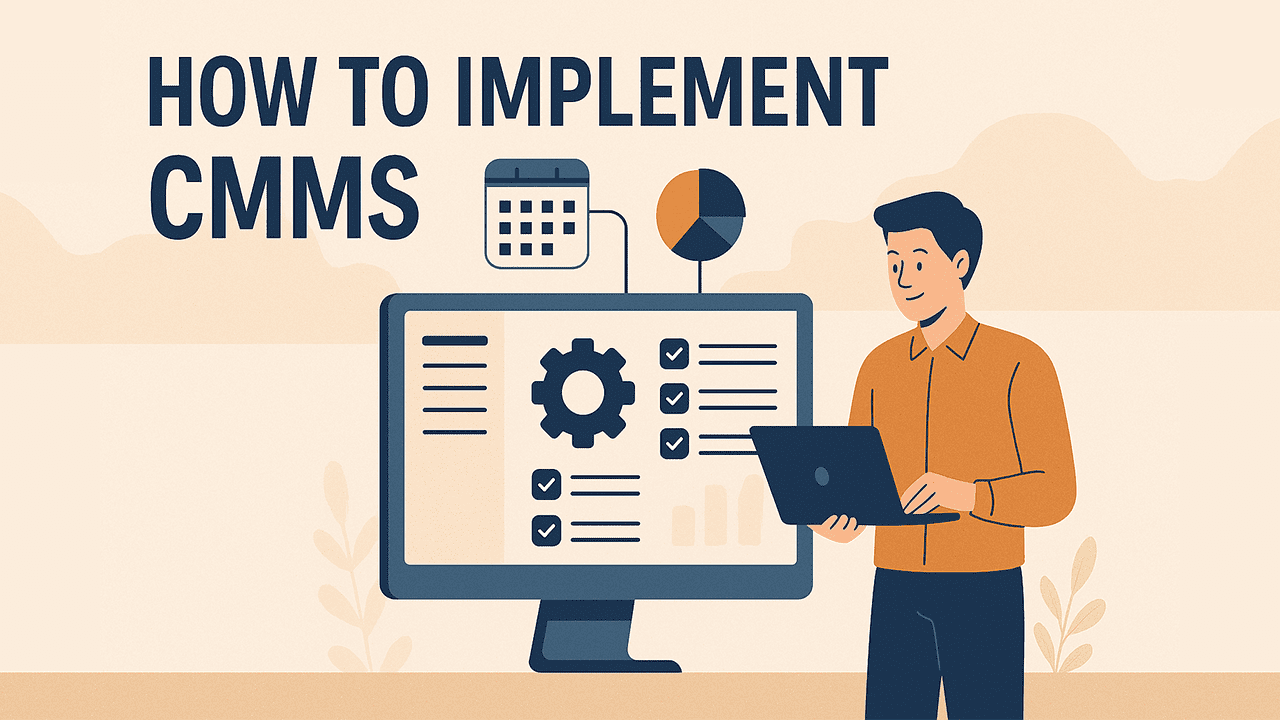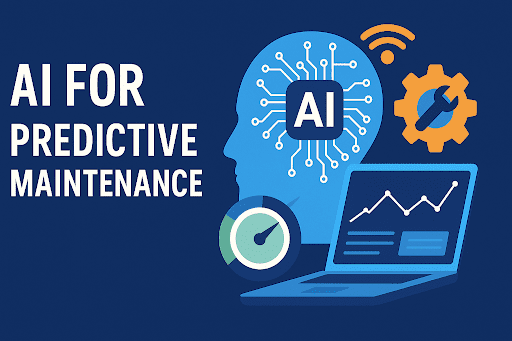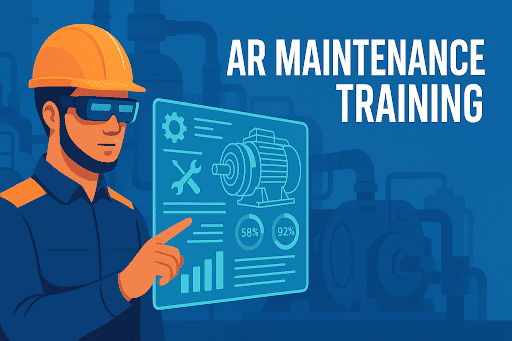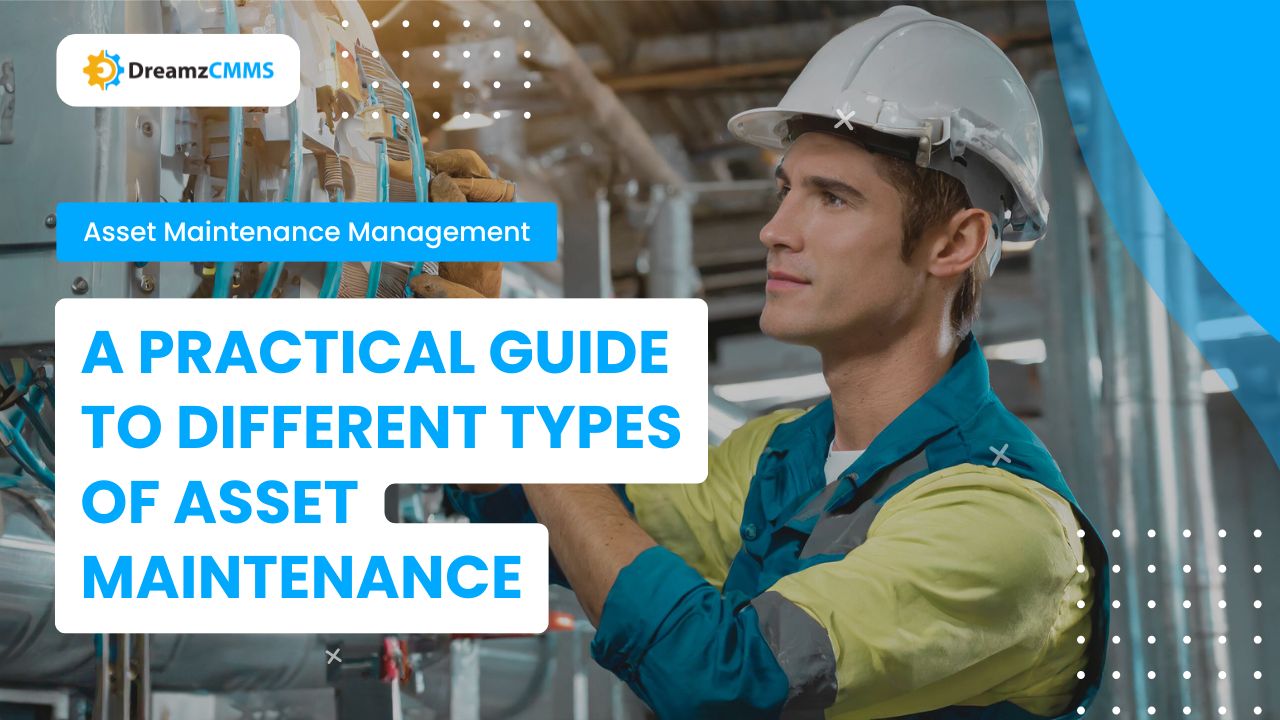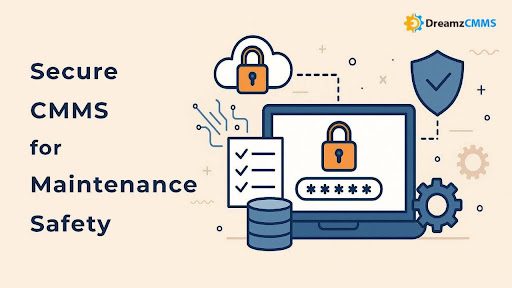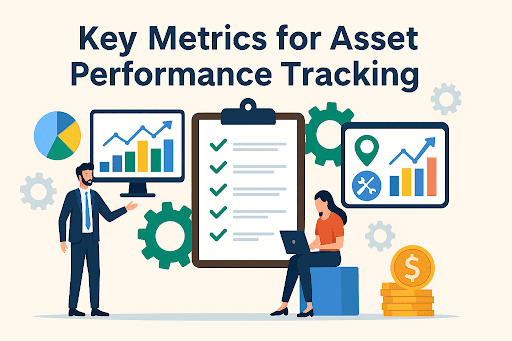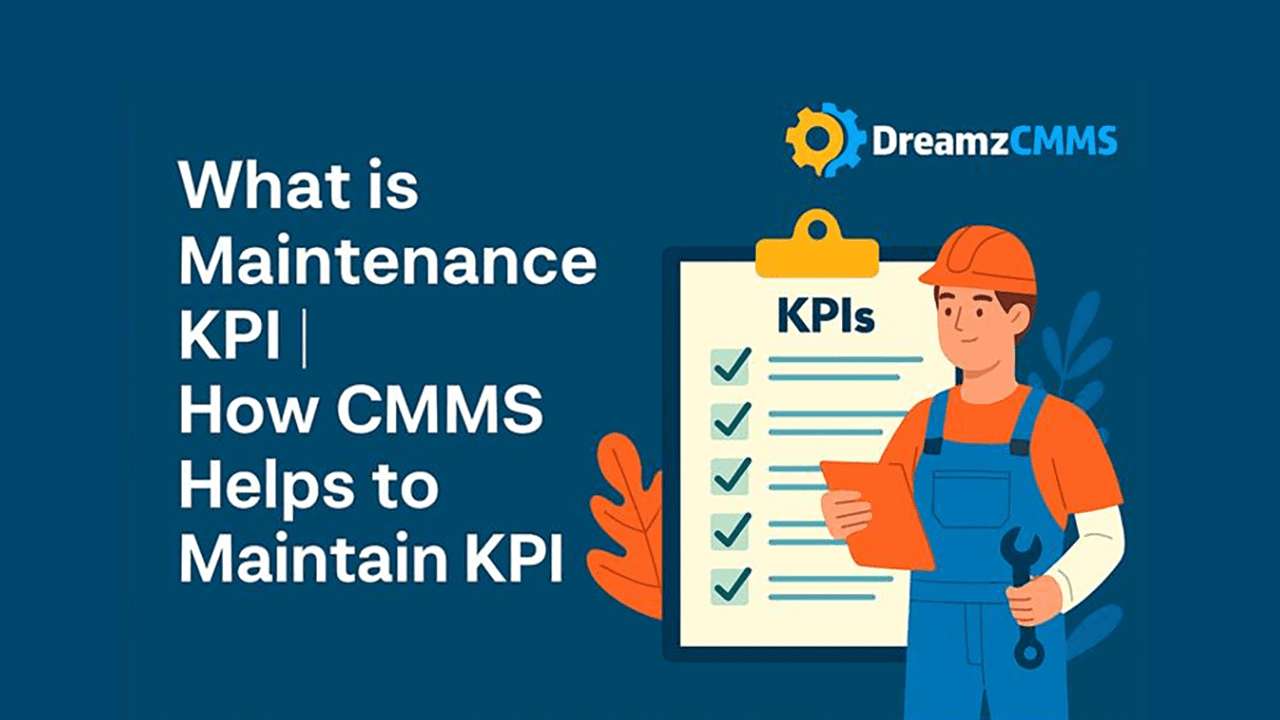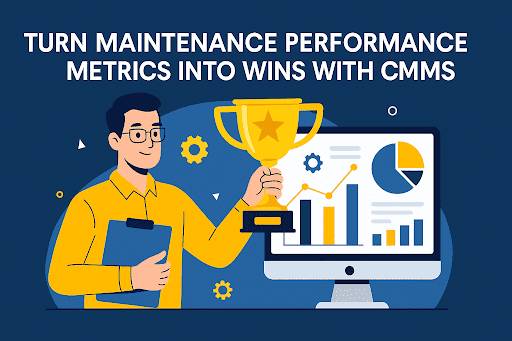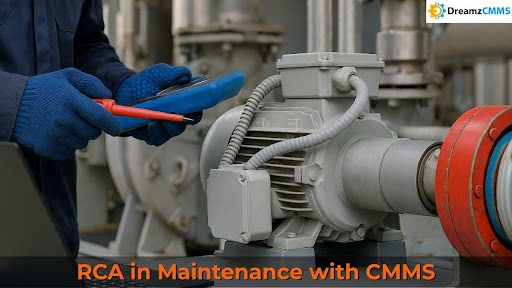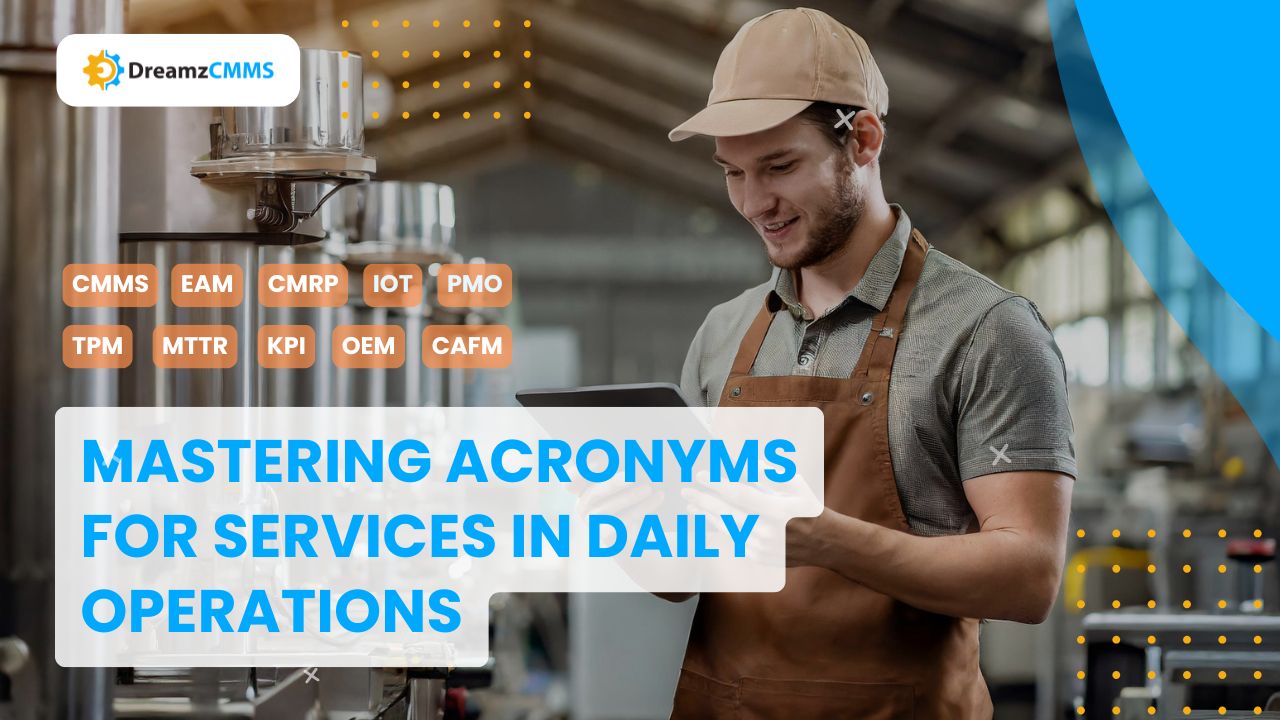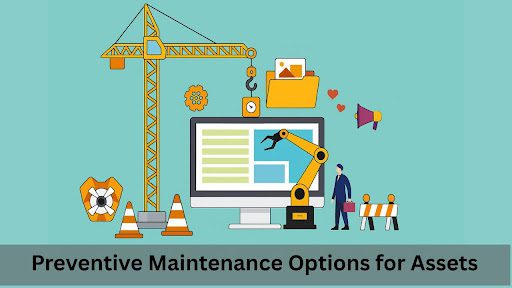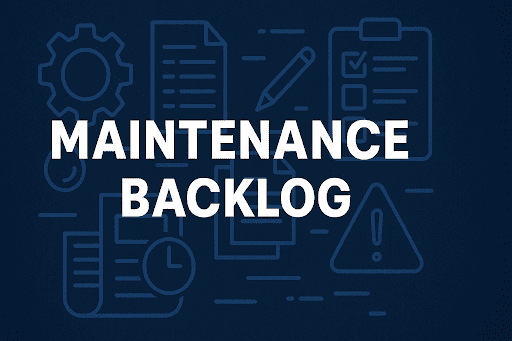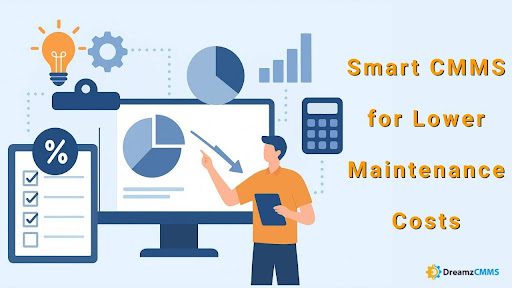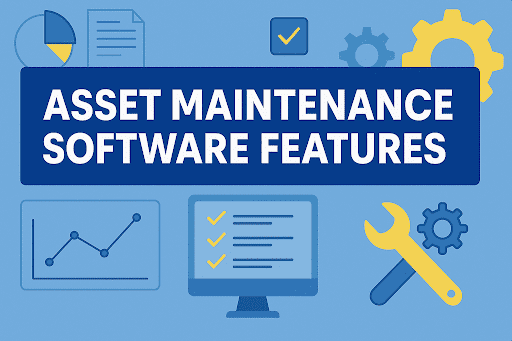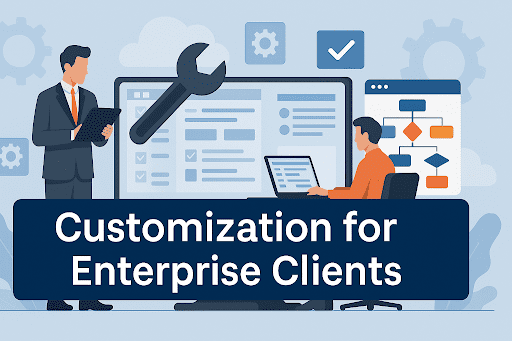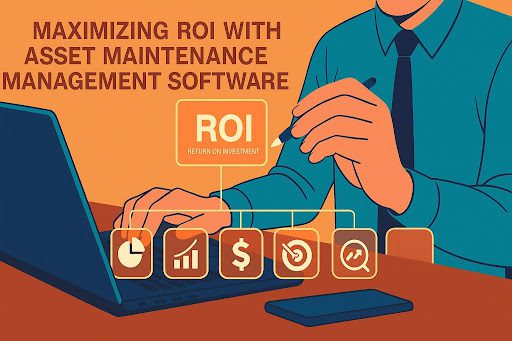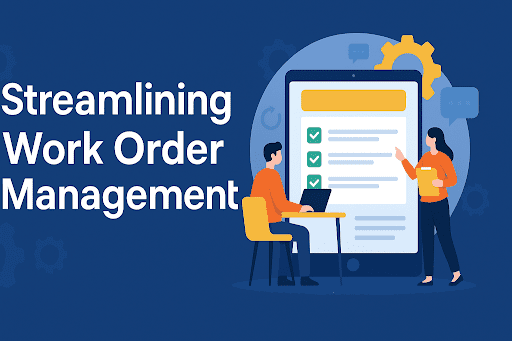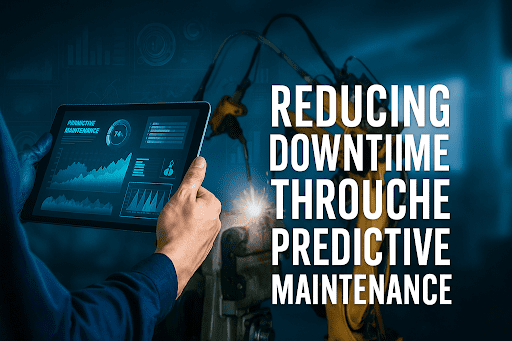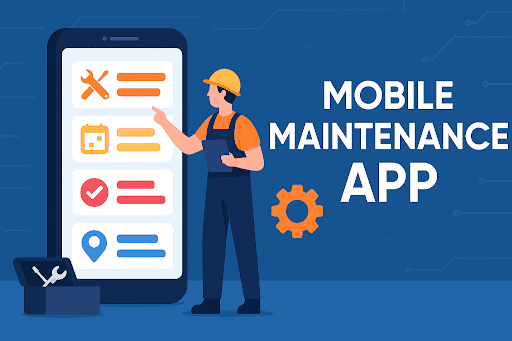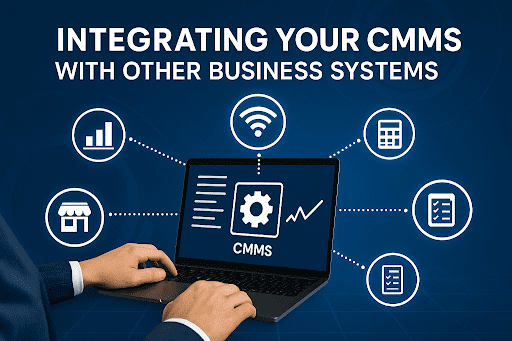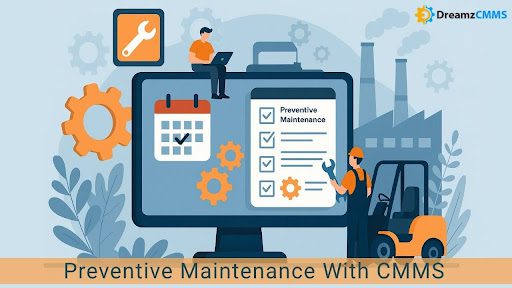 BACK TO Blog
BACK TO Blog
Asset Rental Management
Asset Maintenance
Executive View Choosing the right upkeep plan affects uptime, risk, and spend. Fixed schedules suit stable assets, while data-driven insights stop surprise failures. The table shows how the two paths differ at a glance. FactorPreventive MaintenancePredictive MaintenanceTriggerCalendar or meter readingLive sensor dataDowntimePlanned stopsStops only when risk is highCost TrendSteady labour
- July 01, 2025
- DreamzCMMS Team
- 8 minutes read
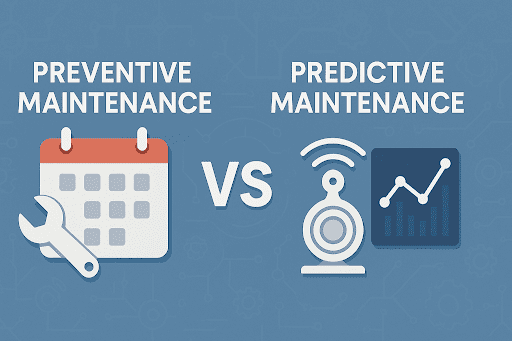
- July 01, 2025
- DreamzCMMS Team
- 8 minutes read
Executive View
Choosing the right upkeep plan affects uptime, risk, and spend. Fixed schedules suit stable assets, while data-driven insights stop surprise failures. The table shows how the two paths differ at a glance.
| Factor | Preventive Maintenance | Predictive Maintenance |
| Trigger | Calendar or meter reading | Live sensor data |
| Downtime | Planned stops | Stops only when risk is high |
| Cost Trend | Steady labour and parts | Higher tech, fewer emergencies |
| Data Need | Basic logs | Sensors, analytics, AI |
When both methods connect to Asset Maintenance Management Software, teams track tasks, sensor alerts, and ROI from one dashboard.
What Sets Preventive and Predictive Maintenance Apart
Maintenance teams have two main options. One uses the calendar. The other uses live data. Knowing the gap between the two helps leaders pick the right mix.
1. How Each Method Starts
- Preventive maintenance follows a fixed schedule. A pump is greased every 30 days whether it needs it or not.
- Predictive maintenance listens to the machine. Sensors track heat, noise, or vibration. Work begins only when readings drift from normal.
This is the core difference between preventive and predictive maintenance.
2. Common Examples on the Plant Floor
| Asset | Preventive Step | Predictive Step |
| Air Compressor | Change filter each quarter | Replace filter when pressure drop exceeds set limit |
| Conveyor Motor | Grease bearings monthly | Grease only when vibration pattern changes |
These preventive maintenance examples are simple to plan but may waste parts. Predictive tasks save parts but demand data.
3. Tools Behind Predictive Work
Modern predictive maintenance technologies rely on:
- Sensor-based maintenance monitoring for temperature, sound, and oil clarity
- Dashboards that show live alerts
- Machine learning for predictive insights to spot patterns humans might miss
4. Counting the Cost
A quick cost comparison: preventive vs predictive looks like this:
| Expense Area | Preventive | Predictive |
| Up-front Spend | Low | High (sensors, analytics) |
| Ongoing Labor | Steady | Lower over time |
| Unplanned Stops | Moderate | Rare |
Predictive costs more at first but often saves money by avoiding big failures.
5. Running Both in One Platform
Many sites use a CMMS for predictive and preventive maintenance so planners can see every task in one queue. Pairing that system with Facility Management Software adds building data and energy use to the same view.
What You Gain From Each Approach
Every maintenance method offers its own value. Your best option depends on asset needs, available tools, and how critical equipment is to your daily work.
What Preventive Maintenance Delivers
- Simple process – No need for sensors or complex tools
- Routine costs – Tasks happen on schedule, making spend predictable
- Steady output – Ideal for machines that can handle fixed care patterns
This method suits small teams or sites with limited tech. A platform like DreamzCMMS can help you plan tasks, track time, and keep everything organized.
What Predictive Maintenance Adds
- Fewer sudden stops – Live data shows signs of trouble before failure
- Less waste – You replace parts only when wear shows
- More useful data – Systems learn from patterns to guide action
- Longer machine life – Early fixes reduce major repairs
These gains come from predictive maintenance technologies that rely on sensor signals. With machine learning for predictive insights, you make decisions based on real asset behavior.
Why Many Teams Use Both
Some machines run on a basic calendar. Others need close tracking. A blended setup works well. Use a CMMS for predictive and preventive maintenance to manage both. You get clear schedules, alerts, and reports in one place.
Systems like Asset Maintenance Management Software bring all data tasks, sensors, and costs into one dashboard for better control.
Choosing the Best Maintenance Mix
Not every machine needs the same care. Look at risk, cost of stoppage, and data you already collect, then decide how much preventive maintenance and how many predictive tools to use.
1. Rate Each Asset by Impact
- Minor, low-risk gear → stick with a simple schedule.
- High-value or safety-critical gear → watch it with sensors and analytics.
2. Count the Real Cost of Stoppage
Track lost output, wasted labor, and any fines. If unplanned downtime hurts, invest in predictive maintenance technologies. Log every incident inside
Asset Maintenance Management Software to see patterns fast.
3. Check Your Data Readiness
Already using IoT or connected meters? Add analytics and move to prediction. No sensors yet? Tighten schedules first, then plan phased sensor rollouts.
Facility Operations and Maintenance can manage both approaches while you scale up.
4. Blend Both for Balance
Use calendars for basic upkeep, sensors for critical points. A CMMS for predictive and preventive maintenance shows all tasks and alerts on one board.
Blending methods cut surprise failures without overspending on technology.
Ready to Shift from Reactive to Proactive?Discover how DreamzCMMS empowers your maintenance teams with data-driven maintenance strategies and cutting-edge tools for predictive accuracy.From AI in predictive maintenance to CMMS for predictive and preventive maintenance, your transformation starts here. Book Your Free Demo Now to experience real-time maintenance intelligence in action. |
What Is Pushing Predictive Maintenance Ahead
While preventive maintenance is still used in many plants, more teams are moving toward predictive strategies. The shift is driven by better data, new tools, and a growing need to avoid waste.
1. Sensors Are Now Standard in New Equipment
Modern machines often include built-in sensors. These devices track performance 24/7. With sensor-based maintenance monitoring, teams receive alerts when something changes like heat rising or movement slowing. This helps avoid sudden stops and reduces downtime.
2. Learning From Past Patterns
Machines that collect data also learn from it. With machine learning for predictive insights, systems track how parts wear out. They then predict the next repair needed before a failure occurs. This lowers cost, avoids guesswork, and helps teams act early.
3. Systems That Support Both Methods
A strong platform can manage both types of maintenance. A good CMMS for predictive and preventive maintenance allows users to view fixed schedules, active alerts, and job updates in one place.
Software like Maintenance Management Software and
Asset Maintenance Management Software can support this combined method and scale with your needs.
4. Results That Leaders Can Measure
Executives want more than uptime. They track service cost, crew performance, and asset lifespan. Predictive tools help meet these goals by reducing unplanned work and showing clear ROI.
Advancements Supporting Maintenance Strategy
Today’s asset care plans extend beyond time or cost. Technology now allows maintenance teams to make decisions based on real-time asset data and strategic goals.
5. Better Planning With Predictive Systems
Modern tools help align tasks with actual asset needs. By using predictive maintenance technologies, teams avoid unnecessary service while preventing unexpected failures.
A reliable CMMS for predictive and preventive maintenance can review past trends, check live readings, and recommend exact service times—helping planners make informed choices instead of using fixed guesses.
6. Environmental and Compliance Benefits
Failures often cause excess waste, sudden part replacements, or emergency actions that increase carbon impact. Predictive strategies reduce such risks by keeping equipment healthy and service predictable.
Teams can manage energy logs and repair timelines inside
Facility Operations and Maintenance. This keeps audit records complete and improves sustainability tracking.
7. Smarter Use of Technician Time
When data guides maintenance, field crews no longer chase routine tasks. Instead, alerts show where action is needed. This improves focus, limits overtime, and keeps skilled staff working on high-priority issues.
To support this, many leaders choose
Work Order Management Software, which tracks job status, parts usage, and team output across sites.
Conclusion — Align Maintenance With Business Goals
Every asset needs care that fits its role. A fixed schedule works for basic gear. Data-driven alerts protect critical machines. A balanced plan that blends both methods delivers lower risk and steady cost.
A CMMS for predictive and preventive maintenance helps teams see every task and sensor alert on one screen. With insights from predictive maintenance technologies, leaders fix problems before downtime spreads. For day-to-day control, systems like Asset Maintenance Management Software and Facility Operations and Maintenance keep schedules, parts, and energy use in clear view.
Choose the mix that matches budget, data readiness, and risk. That choice turns maintenance from expense into advantage.
Additional Reads for Strategic Maintenance Planning
|
Take Control of Maintenance Before It Controls YouStreamline your operations with a smarter approach to asset care. Combine the stability of preventive maintenance with the precision of predictive insights.Explore how DreamzCMMS for predictive and preventive maintenance, Asset Maintenance Management Software, and Facility Operations and Maintenance can help reduce downtime, extend asset life, and optimize service schedules across your organization. Book a Free Demo Today to see what tailored maintenance looks like. |
Ready for More?
Talk to one of our CMMS experts and see how DreamzCMMS can simplify your maintenance operations.
Book a free consultation
